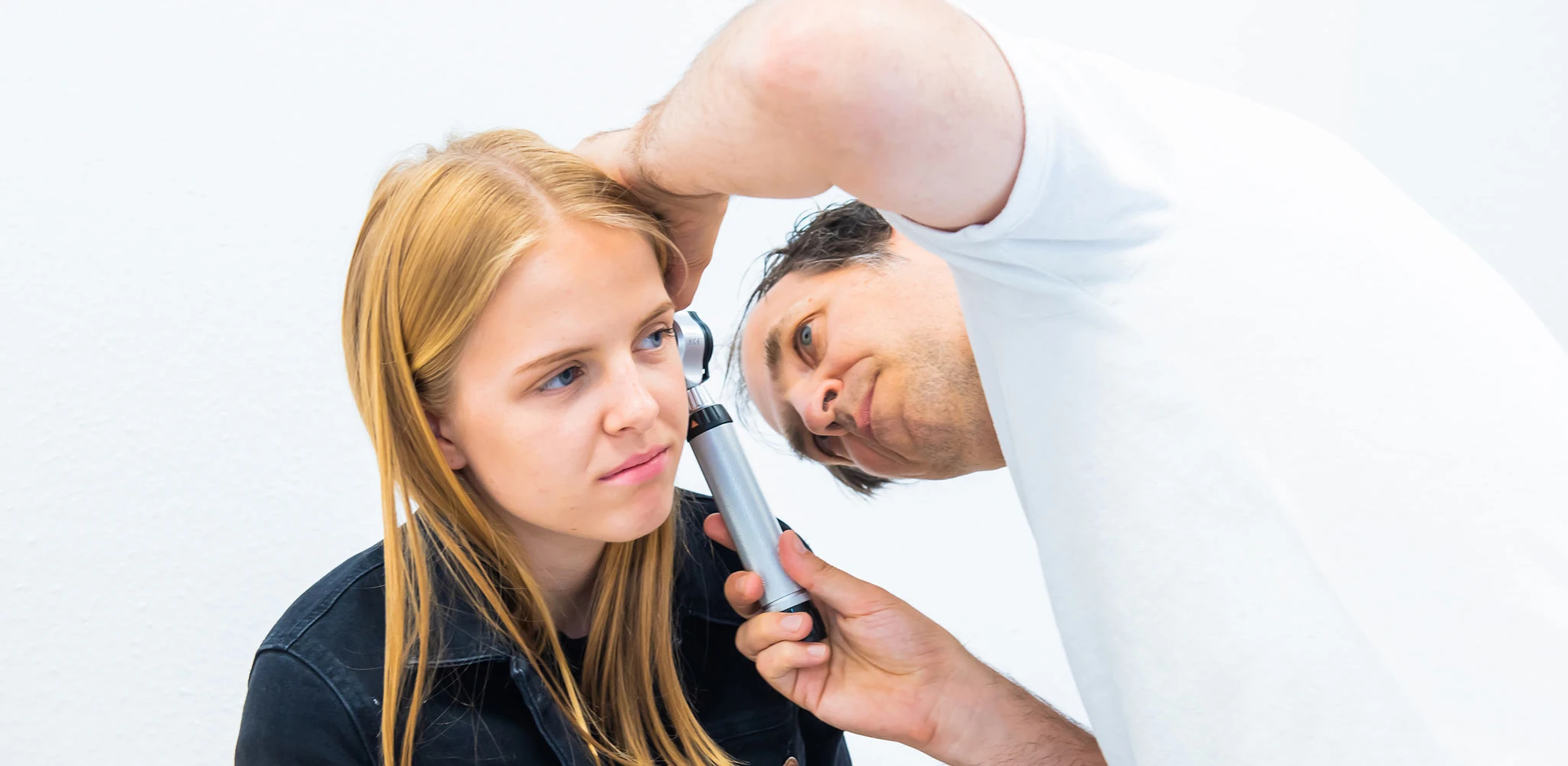Lice - annoying but harmless
First things first: I know of almost no family with children, including my own, who have not had a visit from these little creatures. Head lice infestations have nothing to do with a lack of hygiene. Lice don't care whether they crawl on freshly washed hair or walk over an unkempt head - they take what they get.
Many people find lice disgusting, BUT from a medical point of view they are harmless. In Europe they do not transmit any diseases. Humans are their only host, but lice can survive on fabric for up to two days. In addition to treating the child, it is therefore also necessary to clean hats, towels, bed linen, etc. Washing at 60 degrees is sufficient, alternatively items can also be frozen for two days at -15 degrees or placed in a sealed plastic bag for four weeks. No louse lives longer!
The best time to look for lice is in very good light. Part your hair and you will often see some crawling. Or you can find nits, the small dot-shaped whitish-silver eggs of the louse. These are glued to the hair by the lice near the scalp. They cannot be wiped off or blown away like dandruff, they stick firmly to the hair.
The treatment consists of two procedures:
Application of a lice repellent: There are two different active ingredients. Pyrethroids are basically insecticides. They attack the nervous system of the lice and kill them. No harmful effect on humans is described in the literature. The solutions often sting a little and occasionally lice develop resistance to these preparations. Dimethicone preparations are silicone oils. They envelop and suffocate the lice by closing their respiratory openings. With these products, it is particularly important to observe the specified application time, as this can vary considerably. The following applies to all products: Observe the application time. Apply a sufficient quantity. Spread evenly. Second application after one week, possibly a third after a further seven days.
Comb out nits: A suitable nit comb with very closely spaced, stable metal teeth must be used. Nits are about 0.3 mm in size, so the teeth of the comb should only be 0.1 mm apart, otherwise the all-important combing is ineffective. It is helpful to pre-treat the hair with vinegar water. Add four teaspoons of vinegar essence to one litre of water, rinse your hair and scalp with it and leave it to work for about an hour. This dissolves the glue on the nits and makes them easier to comb out. (CAUTION: never use vinegar essence undiluted!) Combing out nits is no fun! It is laborious and time-consuming. But it's worth it, because the lice alarm only fades away quickly with consistent combing. The combs usually come with instructions.
There are no conventional preventative remedies for lice. Applying essential oils (never to children under 1 year old!) can keep lice away to some extent. It is by no means a reliable protection.
It is also important to check family members carefully for infestations and to treat them generously. Readmission to communal facilities: one day after the child has been treated correctly.
Further interesting tips
J1 screening
This is almost the end of our series on medical check-ups. We are looking at J1, the penultimate examination.
Affirmations
Today we have a combined topic, so to speak: it's about something very important when dealing with children and at the same time it's a gift idea. The keyword is: affirmations.
Reading - a real superpower!
Today is the nationwide Read Aloud Day. And I don't think I need to say too much more about the great importance of reading aloud. Reading is a real superpower for children. Hence the tip, the advice, the request: Take today as an opportunity to read something really nice to your child again.
